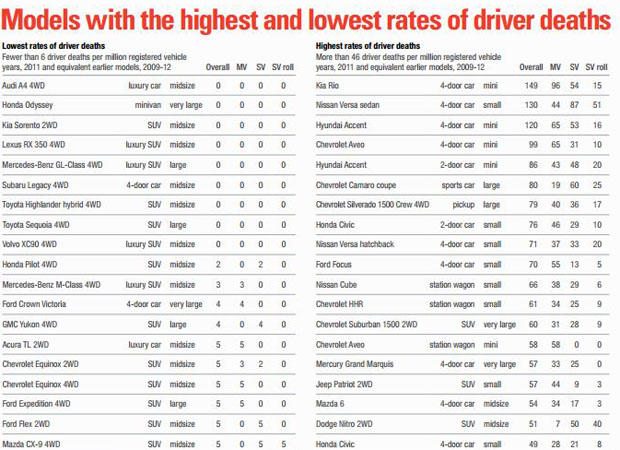People see the same thing in different ways. It’s important that we never assume our view of the world is the only one…Even when we are “right.”
Last week, a photo of a dress wasted a fantastic amount of time across the Internet. A simple black and blue striped dress (yes, that’s the color) appears in the photo.
However, people the world over, when viewing the picture, process its colors differently; a significant number see the dress for the colors that it has; and a significant number see the dress as being a combination of white and gold.
Here’s the picture:
What colors do you see?
Here’s a link to a Wired Magazine discussion of why people see it differently.
The dress, or #TheDress, or #whatcoloristhisdress has created quite the sensation.
In my own household, my wife and I see the dress differently. She is a member of the gold and white group, and I see blue and black.
We had a fun argument about it, culminating in my saying “I’m just glad I see it the right way.”
Her retort? “The right way, hmmm?”
To which I replied: “Well, not the right way, but the way it is.”
That was worth a chuckle, but it sparked a thought; and that brings me to the point of this post: While “The Dress” sensation is a sort of embarrassment to the collective consciousness, it comes with a lesson…
The lesson
We all see things through our own eyes and hear things through our own ears.
More importantly, we interpret the world through our own interpretive framework…We apply our own values. They may be values we hold in common with those around us, but they have been nudged and polished by our own, individual experiences.
And, just as the dress shows that something as “objective” as color can be interpreted in highly divergent ways by people who otherwise see the world in the same way, the same is the case with values.
One person believes that a course of action is ethical and right; while another can look at the same situation and see something highly questionable.
Case in point…
In a recent case involving a proposal from one senior executive to another, I had a ringside seat to the abject implosion of a set of previously high performing professional relationships. Those relationships were sacrificed to a highly inartful handling of competing interpretations just like the colors in #TheDress.
In this case, one person saw the proposal as an opportunity; the other saw it as a big risk. Mix in a third person who had a vested interest in the deal getting done (indeed, a personal one), and you had a very odd interaction.
When the “risk” side delineated what the risks were, he disclosed his interpretive framework. He explained why the deal wouldn’t happen on his watch; and he essentially said the dress is blue and black…
But, the other side’s answer wasn’t to say “tell me more” or “let’s explore how to fix it or to mitigate the risks,” or even to acknowledge the legitimacy of a different framework.
It was to say “that’s wrong.”
The dress is white and gold…
…end of story.
There was no indication that an honest investigation of the risks to the deal was a possibility.
There wasn’t even a chuckle and an admission that people can see things differently.
So, what happened?
Eventually, the sides hardened to the point that there was no way for either side to move forward. Add in a touch of ego, a dose of stubbornness, some need to look tough and perhaps a pinch of bullying, and you have the demolition of personal relationships that spanned years in the making.
All because two people couldn’t come together and discuss interpretive differences.
When I shared this shockingly poorly handled situation in broad strokes with my 72 year old father, his response was pretty simple and cogent:
“The risk guy just thought that the other folks had the same values as him…that’s all.”
I think that boils it down.
And that’s the lesson that The Dress teaches us…
There are great perils to assuming that all people see the world through the lens of your values. They can not only look at the same dress and see different colors, but can also interpret the very same actions in very different ways.
When you have a case like the one delineated above, such differences in interpretation can lead to the destruction of value, relationships, and organizational stability.
It is in how we handle our differences of interpretation that we live out a humane leadership ethic.
On one hand (the dress is white and gold) we can stick to our interpretation, and drill it into others.
On the other hand (the dress is blue and black) we can take the position that we might be wrong, and we can listen, think, and engage on our differences…Not as a posturing move, but honestly.
The measure of our leadership ethic is in how often we do the latter when we hold all the power.
The leadership lesson brought to mind by #TheDress is this: Unless and until people entrenched in interpretive conflict can listen, reflect, understand, and test reality; they will never realize full effectiveness.
The Dress tells us that even in seeing and believing, we should be open to testing our beliefs…Even if we think we are seeing the world as it is.




 info@wilsongrowthpartners.com
info@wilsongrowthpartners.com /wilsongrowthpartners
/wilsongrowthpartners @GeoffTWilson
@GeoffTWilson